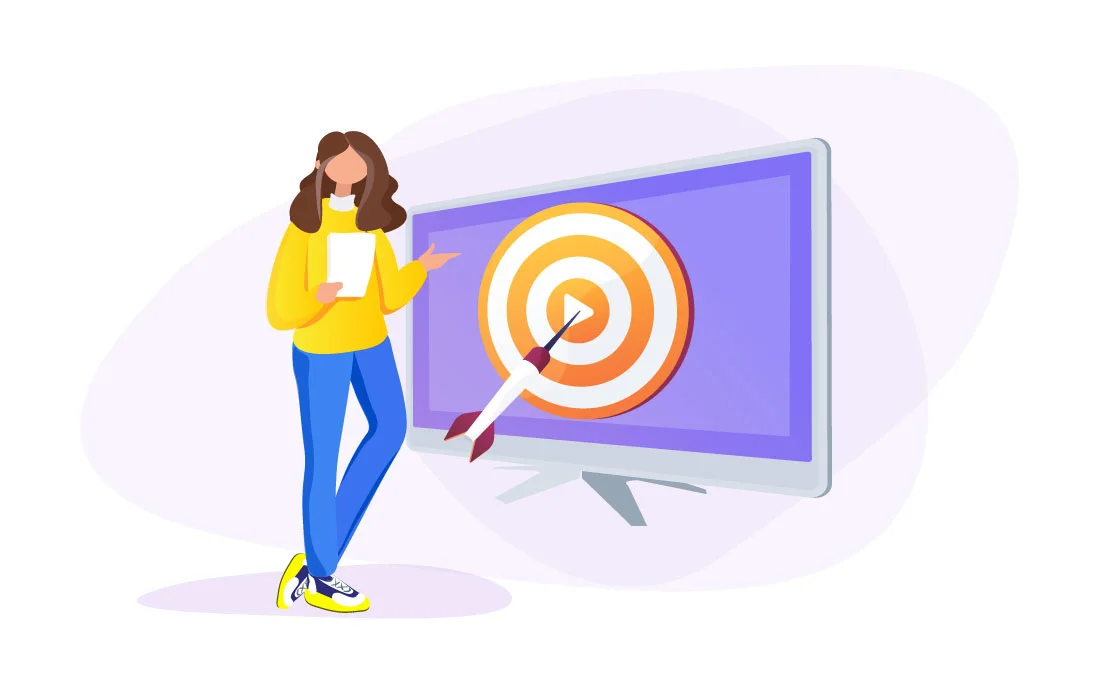In this guide, we have put together all the relevant information so that you can get the maximum from targeted ads.
Do it before launching targeted ads
To get actually good results and not regret the efforts spent and the finances invested, it is advisable to perform lots of preparatory work before setting up an advertising campaign.
Step 1: Collecting semantics
When compiling a list of keywords, you can use parsers: Bukvariks, Key Collector, SEMrush, SpyWords, Serpstat, Keys.so, Rush Analytics, Word Keeper, Keyword Tool. However, the services can perform only part of the tasks — the targetologist still has to finalize this list manually. Why do they? They need to do it as users utilize a variety of phrases when looking for a particular product. For example, women embroidery (vyshyvanka) and boho—style clothing is the same thing, but automatic services are not smart enough to pick up such keywords.
Please do not skip the manual analysis of the relevant words, especially when there are not too many queries and careful elaboration of each phrase is required. It is also worth discussing with clients and finding out what words their customers can use to search for their goods. Careful collection of semantics will also help in SEO optimization when keywords are used to write blog articles.
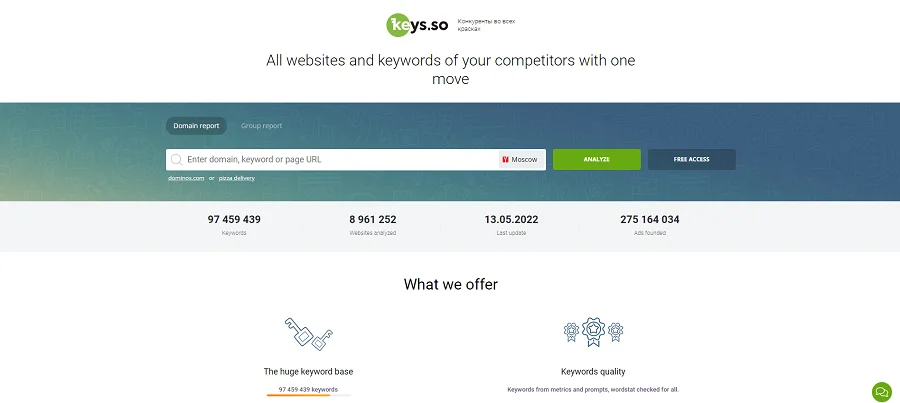
Step 2: Landing page analysis
An experienced targetologist sees at a glance a site that does not sell and requires improvements. Sometimes it is difficult to get the customer to improve the site, especially when you have no full-time IT specialists. However, you cannot run ads on a web page that fails to meet the requirements of a selling website.
The main page shall give information on the essence of the services provided. Do not forget the USP — without it, the advertiser is unlikely to be able to compete.
It is also necessary to incorporate promotions and discounts so that visitors can notice them. A block with advantages and a scheme of work is a must. It is advisable to give the price list, portfolio (if these are services), customer feedback, and information about the company. Do not forget the call-to-action buttons: Order, Place an order, Book, Call.

An extremely vital point in setting up advertising is that the products on the website page where a visitor gets and the products displayed in the ads match. If the advertising text talks about the sale of winter shoes, but the customer gets redirected to the page with jackets, in 90% of cases, they will just close the site and will not look for the shoes with a discount.
It would be nice to test the site. You can ask friends for a nominal fee to evaluate the quality of the resource: Do they feel comfortable on the site, is it easy to place an order, and what are the difficulties or issues they faced when testing. There are also different metrics and A/B recourse testing — use them when the trial advertising period is over.
Be sure to check the validity of all pages. Often, being on the site, a user makes some wrong action that brings them to Error 404 page. Make sure the visitor can return to the main menu — otherwise, they will leave the website.
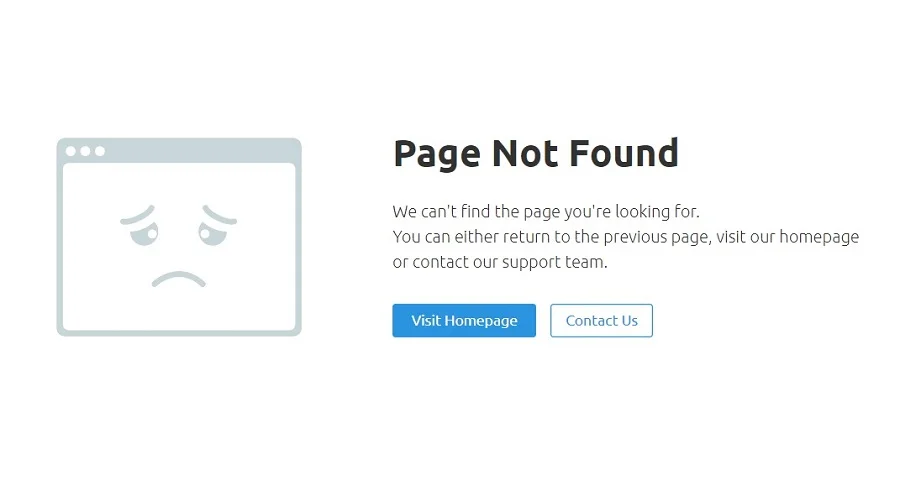
It is also advisable to elaborate a ‘thank you’ page. When a user performs a targeted action: buys or requests a callback, they get directed to such a section. It is not enough only to thank the customer for the purchase. A person should be motivated to stay on the site. Offer a discount on a future order, use the loyalty program or give a link to a product of potential interest to them.
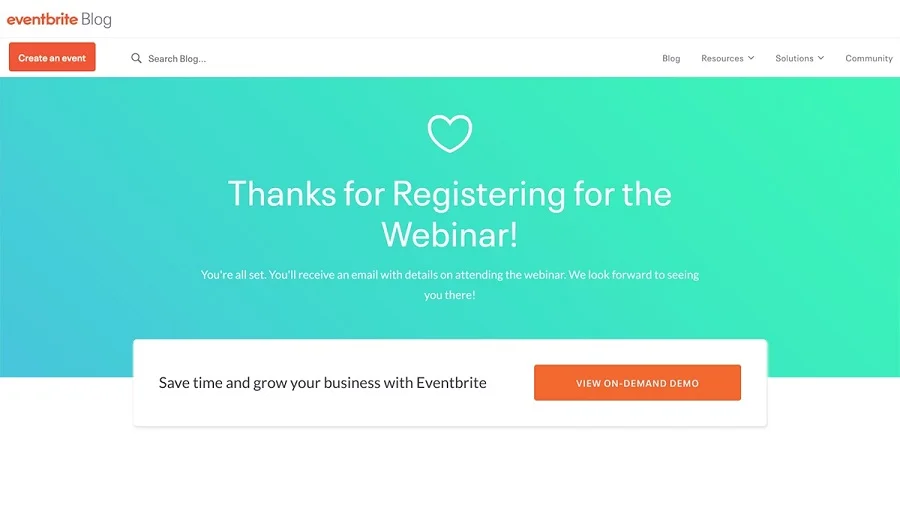
It is necessary to optimize the site for mobile devices. If there are problems and you are gradually solving them, reduce the rate on mobile devices by 100% for a while.
The ad is just an incentive — the customer makes a purchase decision after visiting the site or communicating with managers. If the statistics reports tell you there are clicks and transitions to the site, but there is no conversion, it means — advertising works well, but the landing page needs improvement.
If you plan to sell via a social network, e.g., Instagram or Facebook, also follow the requirements mentioned above. The page should be ready to sell, the phone numbers in the contact header should be up-to-date, and the manager is always there for clients. Alternatively, you can set up ready-made answers to the FAQs not to lose a buyer.
Step 3: Setting the goal
Targeted advertising can solve various tasks. The thirst thing you clarify with the customer is the results they expect to get when launching the ads. Develop the strategy based on the expectations. There are several types of goals:
- Selling. A company wants to bring a product to the market, explain its advantages, and make the visitor want to buy it or increase sales of an existing product.
- Image. A company or a brand needs to form a positive image.
- Reach. A company wants to reach a new level and gain a foothold in people’s minds so that at the very mention of a product, a person immediately thinks about the advertised brand. Such large companies as Coca-Cola, Apple, McDonald’s, Samsung, and Toyota, pursue this goal.
- Reactivation. The goal is to activate customers who once bought but, for some reason, are not interested anymore.
Important nuances for setting up targeted advertising
Assessment of the situation from different perspectives helps the targetologist not lose a client and not gain a negative reputation. Sometimes a specialist is well versed in theory but has little experience. The lack of theoretical knowledge also often affects the targetologist performance if they do not follow trends and do not test updates. Therefore, it is vital to stick to a plan when setting up an advertising campaign.
Step 1: Study client needs
Follow the individual approach. What is acceptable for one niche may be absolutely useless for another. Depending on the type of business, use different tools, strategies, and methods.
There are differences in advertising campaigns at the initial stage during the collection of keywords. You can collect wide masks using parsing services in narrowly focused niches with a small proportion of rival companies. If the niche is competitive and the product is quite common, you will have to spend more than one hour at the computer, carefully picking suitable keywords in the WordStat service.
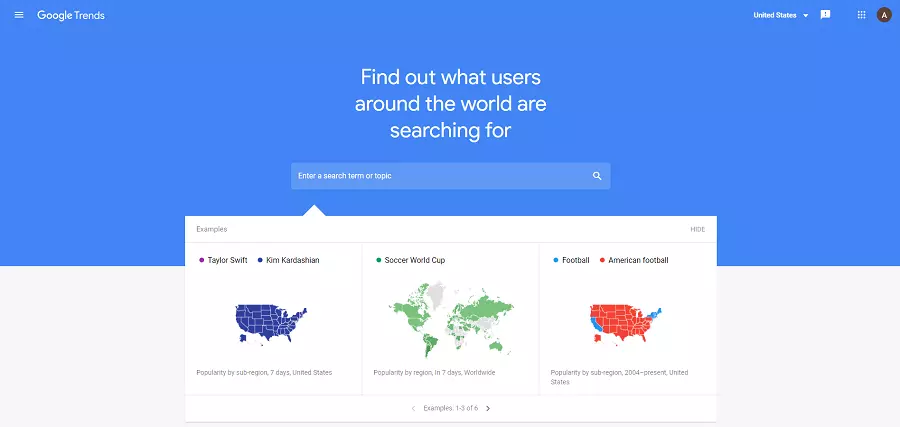
Step 2: Launch a trial advertising campaign
Some specialists promise the client a good result even with a small budget — and this is a catastrophic mistake. There is only one way to find the actual CPC and conversion cost for a particular niche and company —this is the launch of a test ad.
It is vital to warn the client that accurate forecasts require 2-3 weeks of testing. The cost of a trial run will be different for each customer. 5-10 thousand rubles will be enough for such purposes in small towns. But you need to spend more in Moscow because this is the most competitive region.
You can set the perfect advertising budget after the first conversions. Then it will be possible to be confident about how much one request will cost. Multiply the cost of the lead by the number of desired conversions per month to get the sum of the monthly advertising budget.
Step 3: Setting up time targeting
Specifying the days and times of ads is an efficient way to reduce non-targeted traffic. However, it is impractical to use this tool during the testing period. Before enabling time targeting, analyze the target audience to understand when people most often make orders.
Often, targetologists limit the display of ads on weekends, and it’s a loss. Many people shop on Saturday and Sunday when they have free time.
In case it is impossible to purchase a product or service without consulting a manager, set up advertising during the working hours of the sales department. Do not rely on the callback form in this case. When a client requests, they show a high interest in the product. If a manager calls back 1-2 days after, the client may have already gone to the competitors. In a business case where consultation and participation of the manager are not required, advertising can run at any time of the day.
Step 4: Splitting campaigns by regions
The cost per click in different cities and regions may significantly vary. Ads are the most expensive in big cities. But the promotion cost can be 2-4 times higher depending on the niche, competition, and demand for services/goods in other regions. Therefore, experienced experts advise dividing campaigns by region. The method may seem complicated and unjustified, but this approach makes it much easier to control traffic and rates. In addition, it is easier to analyze statistics by individual regions.
Step 5: Ads during holidays
Holidays are a great chance to attract customers. Before the New Year or Valentine’s Day, people look for gifts, expect discounts, and spend money easier. But do not put your hopes on festive hype — advertising these days should be so that the business does not suffer losses.
A few days before the holidays, you can launch warming-up advertising campaigns, but this method is more suitable if your audience is warm and almost ready to buy. Advertising headlines should be attractive and catching. It’s great if the text reflects the idea of the gift. Sales, discounts, and promotions have already become an integral part of the holidays. Therefore, it makes sense to analyze queries and update semantics by adding keywords to groups with prefixes such as a gift, at a discount, or on sale.
Advertising on holidays, as a rule, becomes more expensive. But an increase in the spending budget is not always justified. Strong competitors raise the stakes, and it will make you care if you want to spend more money on advertising than usual. During the holidays, you should suspend testing because the statistics will be incorrect. It is better to focus on those categories of goods successfully sold on usual days.
Some products/services are in demand only at certain times of the year. Not to lose money and advertise seasonal products when they are popular, you can use the WordStat service and track the history of queries. The graph will indicate the month when there was a jump or a drop in product popularity. This service helps you track trends in any service.
Secrets of a successful advertisement
Your text will be catching when you speak the same language as the target audience and use terms that your potential customers do. There are several other quite vital rules:
- The ad title must contain a key phrase. But it is necessary to build it incorrectly to make the sentence sound natural.
- Ideally, the keyword should be present in the ad itself. You do not have to use identical keywords in the title and text. The phrases may vary but have similar meanings.
- Avoid using advertising stamps like low prices, flexible discount system, individual approach, and fast delivery. Instead, customers expect specifics. For example, $99, 30% discount, the measurement for free, and three-day delivery.
- Trying to sell goods to people is pointless. Identify customers’ pain and give them a solution. For example, a Robot vacuum cleaner saves you 2 hours of cleaning. Do you face a trial? A lawyer with 15 years of experience.
- DO not use complex and specific terms in the text. The ad should be easy to read. The only exceptions are highly specialized niches — but even in this case, special terminals should be used with caution.
- It is necessary to fill in all the text fields in the ad. Since the number of characters is limited, the information should be capacious — without unnecessary details. Quick links, add-ons, a virtual business card - do not skip these fields.
- Use a call to action. If possible, you should try to incorporate into the ad text some phrases that encourage customers to take the first step. Words such as ‘Order,’ ‘Call,’ ‘Hurry up,’ ‘Keep up,’ ‘Join us,’ and ‘Register’ help visitors perform the target action more effortlessly and willingly.
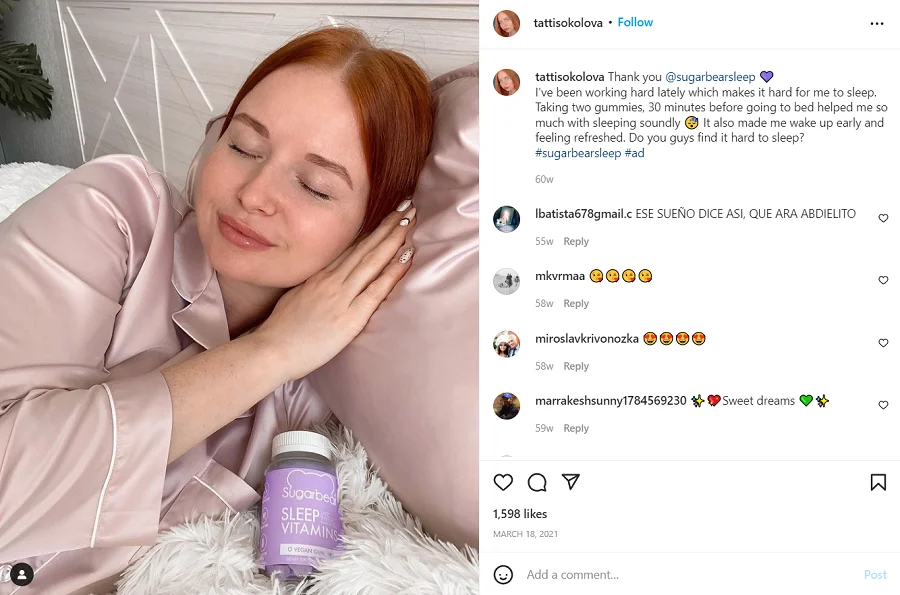
Selling text formulas
There are many formulas for writing a selling text. When making ads, advertising specialists usually use the 4U, Three YES, ODC, and 4P techniques:
- 4U
A simple formula comprises four components: usefulness, ultra-specificity, urgency, and uniqueness. To compose a text, you only need to insert the appropriate phrases reflecting the specifics of the business in any order. For example, we help you lose up to 7 kg of excess weight in a month! There are only five places left! A trainer with 15 years of experience!
- Three YES
This technique makes the user answer positively the first two questions and subconsciously agree with the third. The third question implies a willingness to buy — you only need to formulate the phrases correctly. For example: Are you choosing a foundation for the house? Do you want it to serve you 50 years? With underfloor heating? Order from us!
- ODC
It consists of three elements: Offer, Deadline, and Call to action. These parts make up the selling text. For example, a foundation with floor heating with a 20% discount! Until June 20! Call!
- 4P
The essence of the concept lies in four details: picture, promise, prove and push. For example, first, a suitable image is shown, and then — the text: ‘We make you a website with a conversion rate of 15% and more!’ More than 50 landing pages in the portfolio! Check it out!
Common mistakes when setting up targeted ads
There is no perfect ready-made method allowing all targetologists to run projects successfully and earn good money. All mentors in targeted ads have their own chips and approach. The specialist also works differently: everyone uses personal experience and best practices. The method that one marketer successfully applied will not work for another project.
However, there are some mistakes that it is necessary to avoid generally:
- Absence of negative keywords. It happens, but not often. Sometimes negative phrases have to be collected more carefully than keywords. If there are no negative keywords in the campaign, then target visitors will be less likely to get to the site, and the resource itself will significantly drop in ranking.
- Combining several regions in one campaign. It will be harder to control rates, and the promotion cost will be higher if you set up ads for 2, 3, or more cities in different regions.
- No quick links. Following the links, the user immediately gets to the site and finds themself in the category of goods mentioned in the ad. It is also necessary to give the names of additional links — you usually use a key phrase for this.
- Using an automatic strategy at the start. The algorithm needs at least two weeks to get learned to a specific campaign. Apply a manual method in the first 2-3 weeks after the launch.
- Ignoring UTM tags. If there is no UTM tag in the links and you are bringing the buyer to the site, you will not be able to determine which of the social networks the client came to you from. Metrics and statistics will not be informative.
- Using the same search queries. The report on the search phrases can be viewed daily and starting from the first days of launch. This report will show new keywords and negative phrases you have not considered when compiling semantics.
- Enabling autotargeting at the start. Automatic targeting does not work correctly enough at the beginning. So, avoid using it during a test run. The only exception is when the advertiser has an unlimited budget — and there is no time for a full-fledged elaboration of the campaign.
- A small number of advertising groups. High-quality advertising requires at least ten different ads. The headings, wording, text, and images should be different.
- Using only high-frequency phrases. High-frequency phrases are good because they cover lots of visitors, but advertising on these phrases is the most expensive. Mid-frequency and low-frequency keys with a frequency of at least ten also need to be added to the campaign — they are not so costly and provide targeted traffic.
- No call to action. The descriptive-informational approach is the wrong style for an advertisement. If there is no call to action in the text — the user may not notice it.
How to work with a limited advertising budget
The right approach allows you to launch a promotion even with a modest budget.
Please do not use high-frequency keywords. Instead, use mid- and low-frequency phrases — CPC on them will be much lower. When collecting semantics, you can search for long queries consisting of seven words — most likely. These are phrases people entered using voice search. You can also use a model with payment, not for impressions but for conversions.
Make sure your text mentions your USP. The offer shall clearly make the client see the benefit for themself. Study the competition. If a user notices advertising — the campaign must offer really favorable conditions and differ from competitors.
You can test retargeting — this method is inexpensive and quite effective. To do this, you need to segment the audience that was interested in the product but did not buy it. Such visitors are usually offered a discount or a valuable gift. Please remember you need a separate landing page with a special offer for retargeted customers.
As you can see, targeted advertising can become a powerful tool in the hands of a professional and provide a stable income for a business. Use the tips from this guide to get the most out of your online promotion campaigns. We wish you every success!
